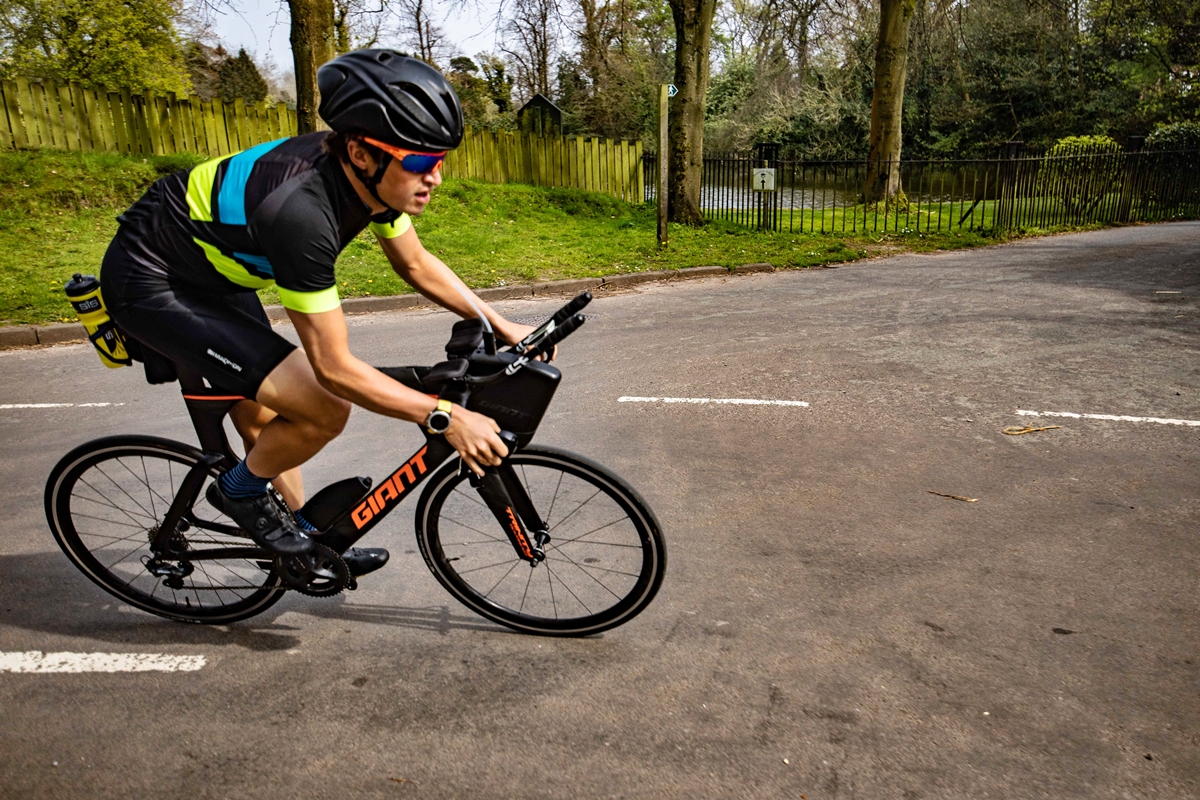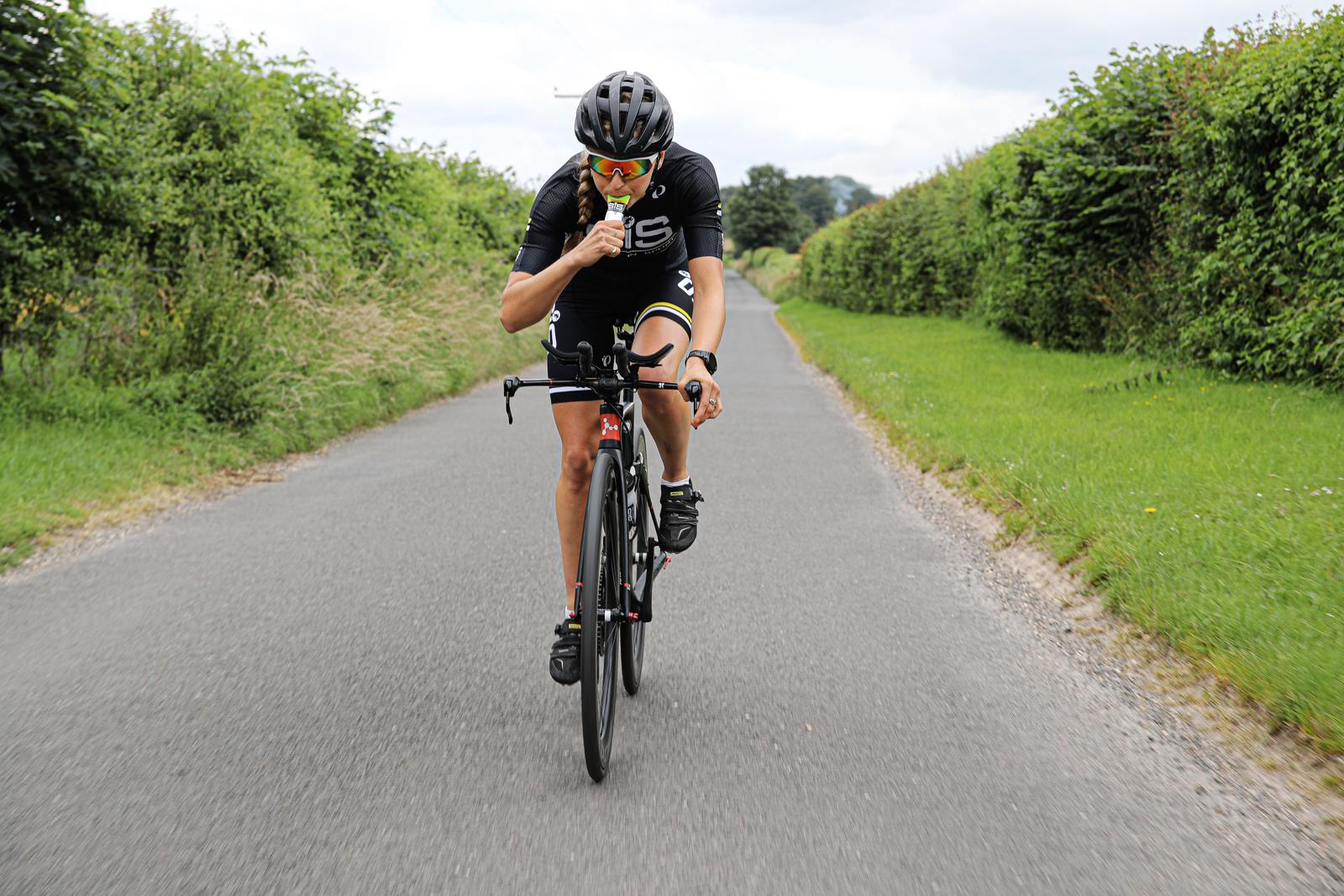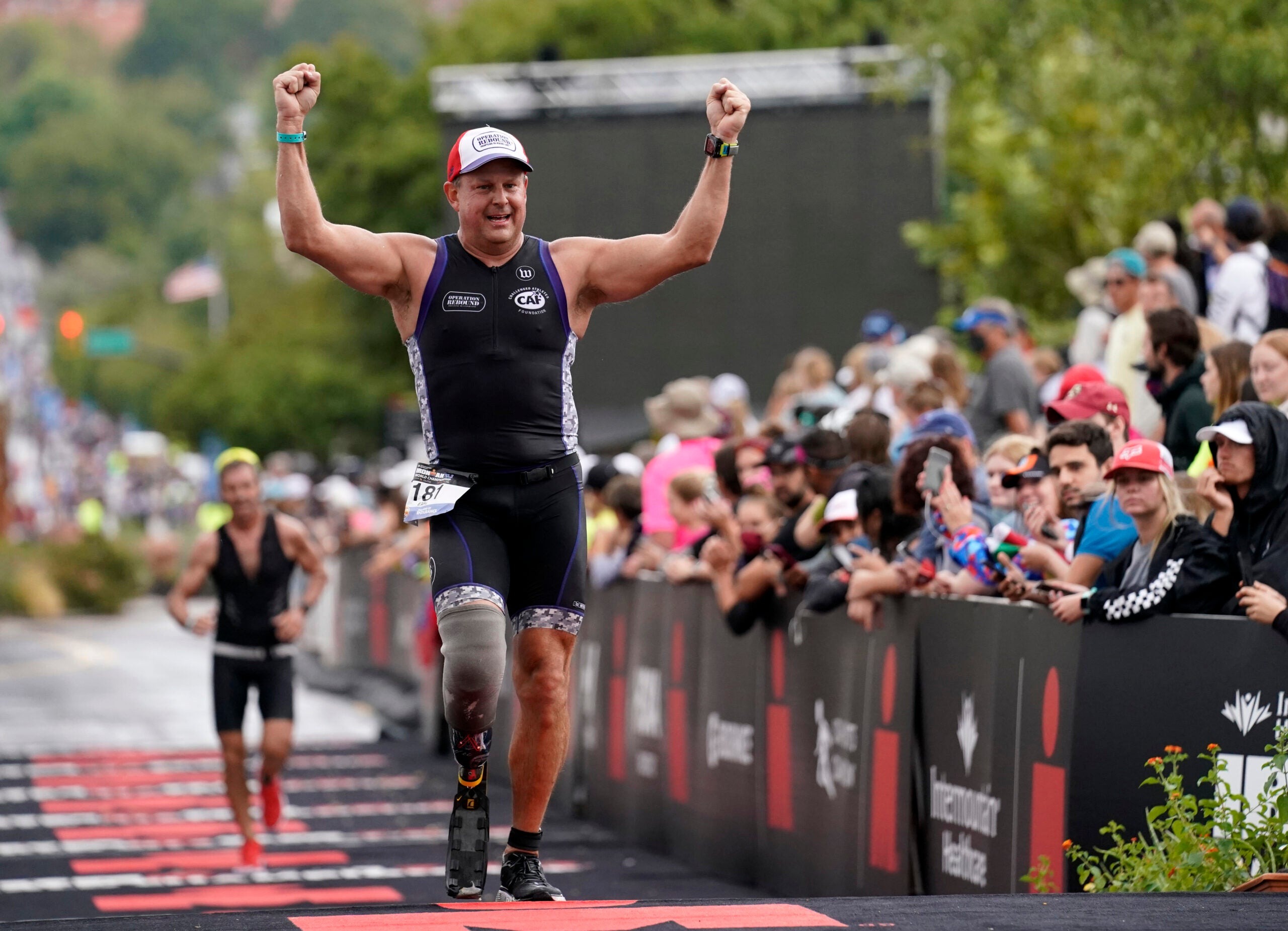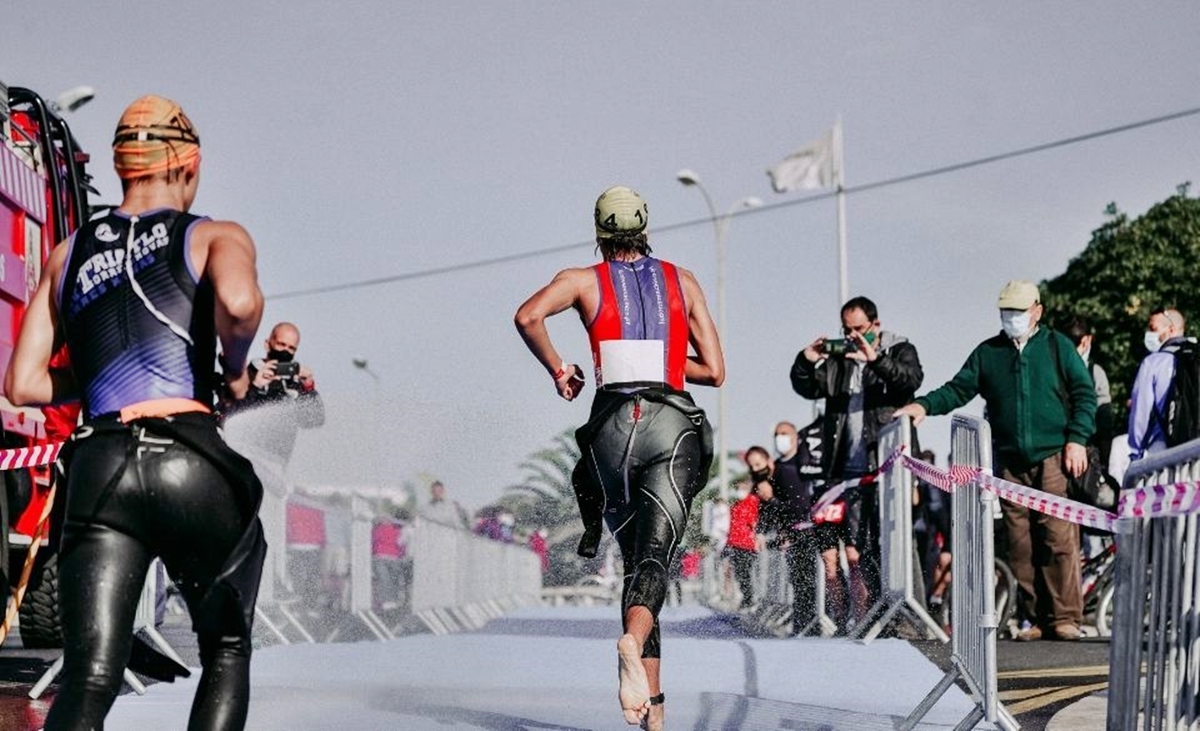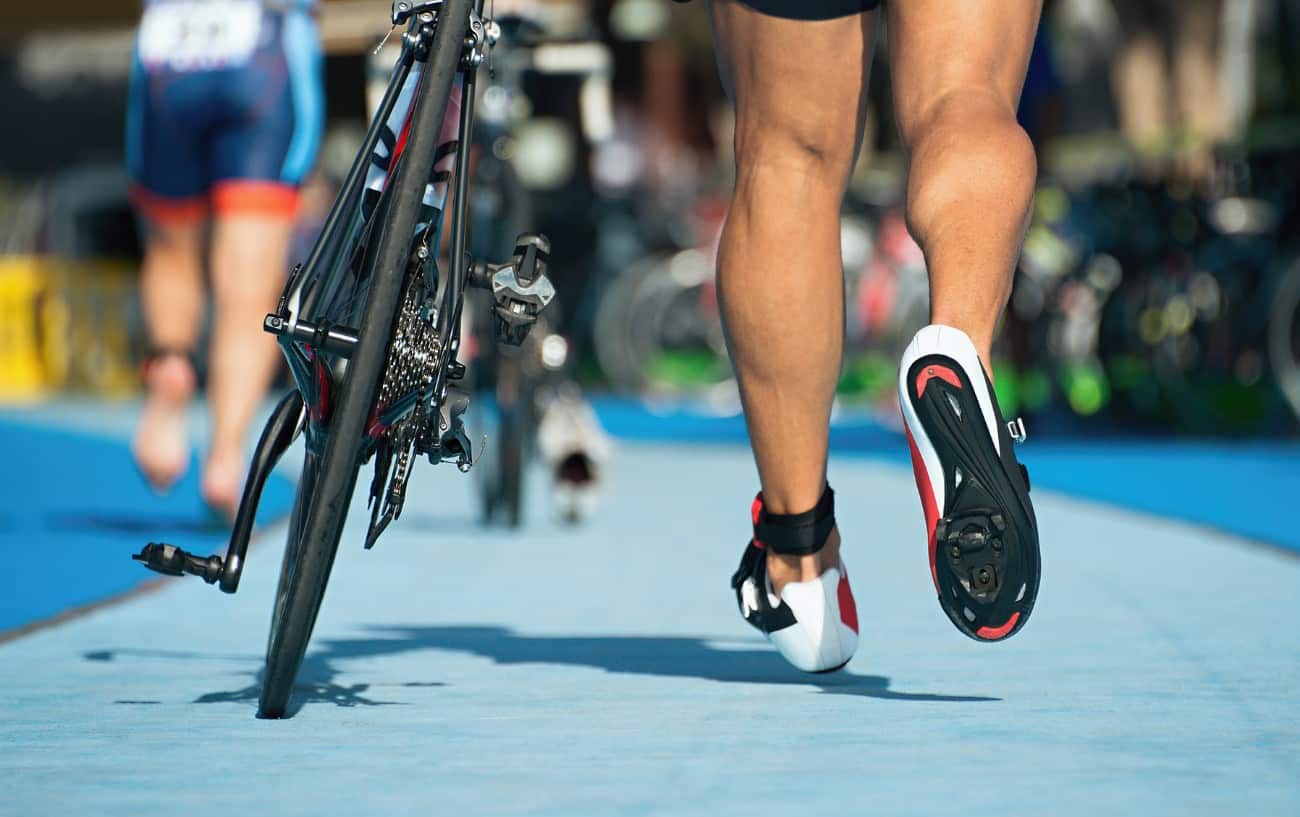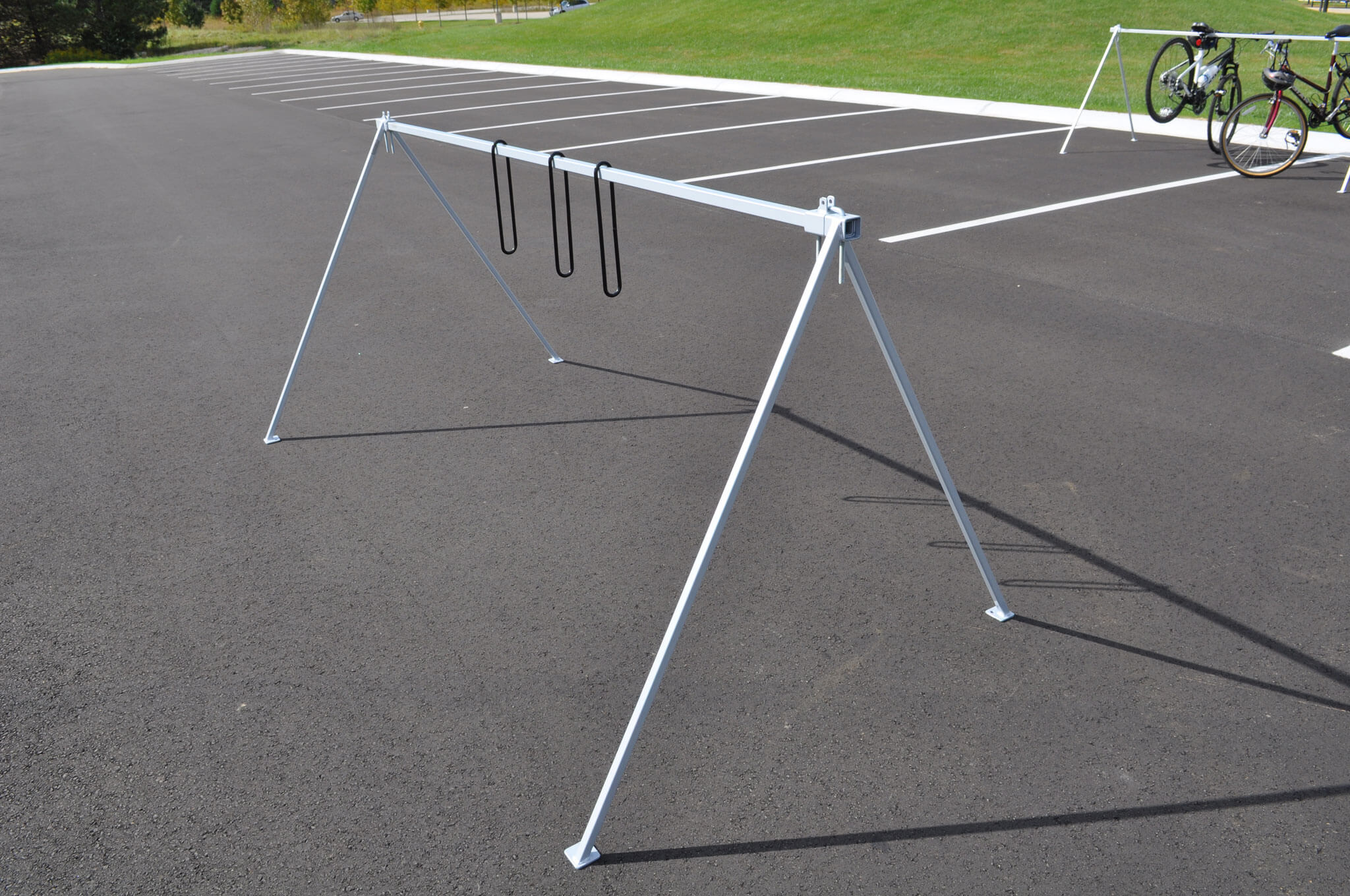

Featured
How To Build Triathlon Bike Racks
Modified: May 22, 2024
Discover how to build triathlon bike racks with this featured guide, providing step-by-step instructions and tips to maximize storage space for your bikes.
Introduction
Welcome to our guide on how to build your own triathlon bike racks! If you’re an avid triathlete, you know how important it is to have a reliable and organized storage solution for your bikes. Having your bikes properly stored not only keeps them safe and protected, but it also maximizes your space and makes it easy to access your gear when you need it.
While there are plenty of bike rack options available on the market, building your own can be a rewarding and cost-effective solution. By customizing the design to fit your specific needs and space, you can create a bike rack that perfectly accommodates your triathlon bikes and any additional equipment you may have.
In this guide, we will walk you through the step-by-step process of building triathlon bike racks. Whether you’re a DIY enthusiast looking for a new project or someone who wants to save money while creating a functional storage solution, this guide is for you.
Before we get started, it’s important to note that building a bike rack requires some basic carpentry and DIY skills. Make sure you have the necessary tools and materials before diving into the project. Ready to get started on creating your own triathlon bike racks? Let’s dive in!
Materials and Tools Needed
Before you begin building your triathlon bike racks, gather all the necessary materials and tools. Here’s a list of what you’ll need:
- Wood or metal for the frame: Choose a material that is durable and strong enough to hold the weight of your bikes. You can use treated lumber, plywood, or metal pipes.
- Saw: Depending on your chosen material, you’ll need a saw to cut the frame to the desired size.
- Measuring tape: Accurate measurements are crucial for a well-fitted bike rack.
- Drill: A drill will be needed to create holes for screws or hooks.
- Screws or hooks: These will be used to secure the frame and support bars.
- Screwdriver or wrench: To tighten screws or bolts.
- Paint or finish: If using wood, you may want to paint or finish the rack to protect it from moisture and give it a nice appearance.
- Mounting hardware: Depending on where you plan to install the bike rack, you may need wall anchors, brackets, or screws.
- Safety gear: Don’t forget to have safety goggles, gloves, and a dust mask to protect yourself during the construction process.
Ensure that you have all the materials and tools on hand before you begin the project. This will make the construction process smoother and more efficient.
Step 1: Design and Planning
The first step in building triathlon bike racks is to design and plan the layout of your rack. Consider the number of bikes you need to store and the available space in your garage or designated storage area.
Start by measuring the length, width, and height of your bikes. This will help you determine the dimensions for each bike slot in your rack. You’ll want to leave enough space between each slot to easily maneuver the bikes in and out.
Next, sketch a rough layout of your bike rack design. Decide whether you want a horizontal or vertical rack and how many tiers you’d like. Vertical racks save space, while horizontal racks make it easier to load and unload the bikes.
Consider adding additional hooks or shelves for storing helmets, shoes, or other triathlon gear. This will help keep your space organized and maximize its functionality.
Once you have a clear design in mind, make a list of the required materials based on your design. This will help ensure you have everything you need before you start building.
Take into account any specific features or customization you’d like to add, such as a lock system or adjustable slots. This is your chance to tailor the design to your specific needs and preferences.
Lastly, review your design and make any necessary adjustments or modifications. Take into consideration any limitations in your space or budget. Once you’re satisfied with the plan, you’re ready to move on to the next step of building your triathlon bike racks.
Step 2: Measuring and Cutting the Frame
With your design and layout in mind, it’s time to move on to measuring and cutting the frame for your triathlon bike racks. Start by measuring the height, width, and depth of the space where you plan to install the rack. This will ensure that your frame fits perfectly in the designated area.
If you’re using wood for the frame, measure and mark the dimensions on your chosen lumber. Use a saw to carefully cut the pieces according to your measurements. Remember to double-check your measurements before making any cuts to avoid any errors.
If you’re using metal pipes for the frame, use a pipe cutter or saw to cut the pipes to the desired length. Ensure that your cuts are clean and straight for a professional-looking result.
To join the frame pieces together, you can use screws or metal brackets. If using screws, pre-drill pilot holes to prevent the wood from splitting. Align the pieces according to your design and screw them together securely.
If you’re using metal pipes, you can use pipe connectors or welding to join the pieces together. Make sure to follow proper safety procedures if you choose to weld the frame.
Once the frame is assembled, double-check its dimensions and make any necessary adjustments. Ensure that it is sturdy and level before moving on to the next step.
Remember, accuracy is key when measuring and cutting the frame for your bike rack. Take your time and triple-check your dimensions to ensure a perfect fit and a solid foundation for your triathlon bikes.
Step 3: Welding or Joining the Frame
Once you have measured and cut the frame for your triathlon bike racks, it’s time to join the pieces together. The method you choose will depend on the materials you are using, whether it be wood or metal.
If you are using wood for the frame, you can join the pieces together using screws or metal brackets. Start by pre-drilling pilot holes to prevent the wood from splitting. Align the pieces according to your design and screw them together securely. Make sure the frame is square and level.
On the other hand, if you are using metal pipes for the frame, you have the option to weld the pieces together. Welding provides a strong and durable connection. However, it requires proper welding skills and equipment.
If you are skilled in welding, ensure that you have the necessary safety equipment and follow proper welding procedures. Clean the ends of the pipes and use the appropriate welding technique to fuse them together. Be mindful of welding outdoor, as wind and other elements can affect your welding process.
If you’re not comfortable with welding or don’t have access to welding equipment, you can still achieve a secure connection by using pipe connectors. These connectors are designed to fit over the ends of the pipes and provide a solid joint.
Regardless of the method you choose, it is important to ensure that the frame is strong, stable, and securely joined. Double-check the connections and make any necessary adjustments before moving on to the next step.
By properly joining the frame of your triathlon bike rack, you are creating a sturdy and reliable foundation for storage and organization. This step is crucial for ensuring the longevity and functionality of your bike rack.
Step 4: Adding Support Bars and Hooks
With the frame of your triathlon bike rack assembled, it’s time to add the support bars and hooks that will hold your bikes securely in place. These components play a crucial role in ensuring the stability and organization of your bike rack.
Start by determining the number of support bars you will need based on the number of bikes you’re planning to store. Measure the width of your bikes and mark the positions for the support bars on the frame. Make sure to leave enough space between the bars to easily accommodate the handlebars and frames of each bike.
If you’re using wood for your bike rack, measure and cut pieces of lumber to use as support bars. Align them with the marked positions on the frame and securely attach them using screws or metal brackets.
If you’re working with a metal frame, you can use metal pipes as support bars. Cut the pipes to the desired length and attach them to the frame using pipe connectors or welding, depending on your chosen method of joining the frame.
Now it’s time to add the hooks that will hold your bikes. Mark the positions for the hooks on the frame or support bars, ensuring that they are spaced appropriately to accommodate the size and shape of your bikes.
There are various types of hooks available, such as J-hooks or rubber-coated hooks, that provide a secure and safe grip on your bike frames. Attach the hooks using screws or bolts, ensuring that they are tightly secured and will support the weight of your bikes.
Test the placement and stability of the support bars and hooks by hanging your bikes on the rack. Make any necessary adjustments to ensure proper spacing and stability.
By adding support bars and hooks to your triathlon bike rack, you are creating dedicated spaces for each bike and ensuring they are securely held in place. This step is essential for both the safety of your bikes and the overall functionality of your rack.
Step 5: Painting or Finishing the Rack
Once the construction of your triathlon bike rack is complete, you may want to consider painting or applying a finish to enhance its appearance and protect it from moisture or wear and tear. Painting or finishing your bike rack not only adds a professional touch but also extends its lifespan.
If you’re working with a wooden frame, begin by sanding the surface to smooth out any rough edges or imperfections. This will ensure that the paint or finish adheres properly. Use sandpaper with a medium grit and follow the grain of the wood for the best results.
After sanding, wipe down the frame with a damp cloth to remove any sawdust or debris. Allow it to dry completely before moving on to the next step.
Next, choose a paint or finish that is suitable for outdoor use or has good durability. Opt for a paint color that matches your desired aesthetic or complements the overall theme of your garage or storage area.
Before applying the paint, make sure to protect the surrounding area with drop cloths or newspaper to prevent any potential mess. Using a paintbrush or a paint sprayer, apply a thin and even layer of paint to the frame, being careful not to leave any drips or clumps.
If you decide to apply a finish instead of paint, choose a varnish or wood stain that offers protection against moisture and UV rays. Apply the finish according to the manufacturer’s instructions, using a brush or a cloth. Wipe away any excess finish to ensure an even and smooth coating.
Allow the paint or finish to dry completely before moving or using the bike rack. This will ensure that the surface is fully cured and resistant to damage.
By painting or finishing your triathlon bike rack, you not only give it a polished look but also provide added protection against the elements. This step adds the final touch to your DIY project and ensures that your bike rack remains in top-notch condition for years to come.
Step 6: Mounting the Rack on the Wall
Now that your triathlon bike rack is complete, it’s time to secure it to the wall for maximum stability and space efficiency. Mounting the rack on the wall not only keeps your bikes securely in place but also frees up valuable floor space in your garage or storage area.
Start by determining the ideal location for your bike rack. Consider factors such as convenience, accessibility, and available wall space. Measure and mark the position where you want to install the rack.
Next, locate the wall studs using a stud finder or by tapping the wall to listen for a solid sound. Mounting the rack to wall studs will provide the necessary strength and support for the weight of your bikes.
Align the rack with the marked position on the wall and use a level to ensure it is straight. Mark the locations where you will need to screw or bolt the rack into the wall.
Pre-drill pilot holes at the marked positions to prevent the wood or drywall from splitting. If you’re mounting on concrete or brick walls, use a masonry bit to create the necessary holes.
Secure the bike rack to the wall using screws or bolts, ensuring that they are tightly fastened. If using screws, make sure they go directly into the wall studs for maximum stability.
If you’re concerned about the load-bearing capacity of the wall or have multiple heavy bikes to store, consider using additional support brackets or anchors to reinforce the mounting. These can provide extra security and distribute the weight of the bikes more evenly.
Once the bike rack is securely mounted, give it a strong tug or shake to test its stability. It should be firmly anchored to the wall and show no signs of wobbling or movement.
By mounting your triathlon bike rack on the wall, you are ensuring its stability and creating a dedicated space for your bikes. This step is crucial for maximizing space efficiency and keeping your bikes safely stored and easily accessible.
Step 7: Testing and Ensuring Stability
After mounting your triathlon bike rack on the wall, the final step is to test its stability and ensure that it can safely support the weight of your bikes. This step is essential for the security of both your bikes and anyone who may come into contact with the rack.
Start by carefully inspecting the rack and all its components, including the frame, support bars, hooks, and mounting hardware. Look for any signs of damage, loose screws, or unstable parts. Tighten any loose screws or bolts and make any necessary repairs or adjustments.
Once you have visually inspected the rack, it’s time to test its stability by loading your bikes onto it. Carefully hang each bike on the hooks, taking note of the weight distribution and ensuring that they are securely held in place.
Gently shake the rack and bikes to simulate any potential movement or accidental bumps. The rack should remain stable and firmly anchored to the wall. If there is any wobbling or instability, immediately address the issue by reinforcing the mounting or making necessary adjustments to the rack.
Ensure that the bikes are properly spaced and do not come into contact with each other, as this can cause damage to the bikes and difficulty in accessing them.
If you’re satisfied with the stability and functionality of your triathlon bike rack, take a moment to step back and admire your handiwork. You’ve successfully built a custom bike storage solution that will keep your bikes organized and protected.
However, it’s important to periodically check the stability of the rack over time. Regularly inspect the rack for any signs of wear, loose parts, or changes in stability. Keeping your bike rack in good condition will ensure its longevity and continued safety.
By testing and ensuring the stability of your triathlon bike rack, you can have peace of mind knowing that your bikes are securely stored and protected. This final step completes the building process and allows you to fully enjoy the benefits of your DIY bike rack.
Conclusion
Congratulations! You have successfully learned how to build your own triathlon bike rack. By following the step-by-step instructions in this guide, you’ve created a custom storage solution that will keep your bikes organized, protected, and easily accessible.
Building your own bike rack offers several advantages. Not only can you customize the design to fit your specific needs and space, but it can also be a cost-effective alternative to purchasing a pre-made rack. Plus, the sense of accomplishment that comes with completing a DIY project is always fulfilling.
Throughout the process, you’ve learned how to design and plan the layout, measure and cut the frame, join the pieces together, add support bars and hooks, paint or finish the rack, mount it securely on the wall, and test its stability.
Remember to always prioritize safety when working on DIY projects. Use proper tools and techniques, wear protective gear, and follow all necessary precautions to prevent accidents or injuries.
With your new triathlon bike rack in place, you can now enjoy a tidy and organized storage space, allowing you to easily access your bikes and gear whenever you need them. Plus, the rack will help protect your bikes from damage and prolong their lifespan.
We hope this guide has been informative and inspiring. Building your own triathlon bike rack is a fantastic DIY project that will benefit any triathlete or cycling enthusiast. So, gather your materials and tools, and get started on creating a functional and personalized bike storage solution!



